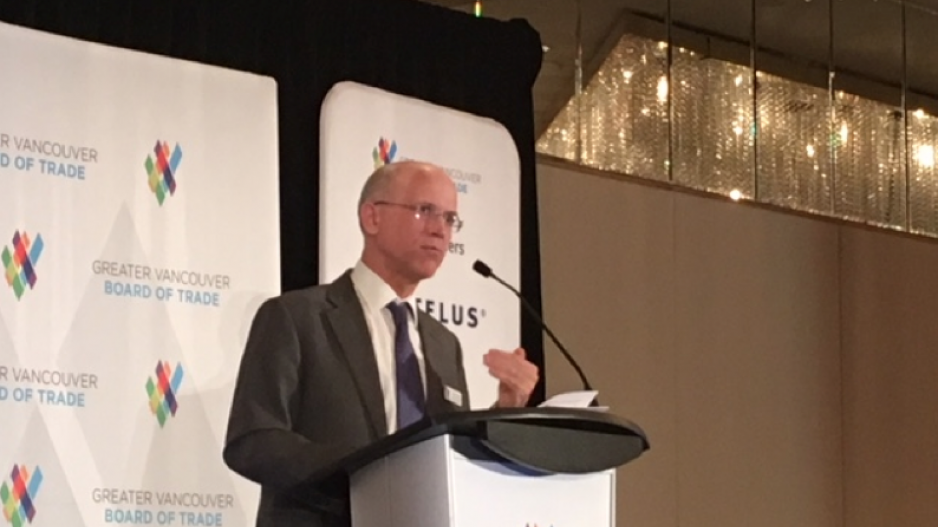One of the province’s oldest resource industries is proving to be essential in the development of B.C.’s future clean-tech economy.
“For the mining sector, a shift to a low-carbon economy has a lot of potential upsides because the kinds of materials that are going to be needed will grow exponentially,” said Pierre Gratton, CEO of the Mining Association of Canada, in an interview with Business in Vancouver on Roundhouse Radio. “As we move toward solar and wind, there are a lot of metals and minerals that are going to be demanded.”
The campaign to make Canada’s mines more environmentally friendly has attracted some unexpected supporters. While activists and environmentalists may have started the push for a more sustainable mining industry, the investment community is calling for a smaller environmental footprint as well.
“Pressures from investors are going to drive enhanced performance, if nothing else, because there are so many investors now who demand good governance and good performance on these types of issues,” said Tom Butler, CEO of the International Council on Mining and Metals. “Mining is critical to the development of a clean-tech industry.”
Mining is needed to help drive both the supply and demand sides of the growing green economy.
For example, construction of a single wind turbine alone depends largely on the mining industry. According to Butler, a three-megawatt wind turbine needs 100 tonnes of steel and 80 tonnes of metallurgical coal.
According to a report by Swiss Resource Capital AG, a mining investment consultant company based in Europe, the demand for lithium, a component needed for rechargeable batteries, has increased 10% per year since 2000.
During a lithium investors’ forum hosted in part by Business in Vancouver, Jared Lazerson, president, CEO and director of MGX Minerals (CSE:XMG), said demand for lithium is so high that if he produced 100,000 tonnes of lithium carbonate, he could sell it within 48 hours to various Chinese electric-car companies.
While metals like lithium and zinc are essential to developing and manufacturing green technology like batteries and wind turbines, mining companies themselves have been some of the first large-scale adopters of green tech.
Gratton said this high rate of adoption is in part a result of falling costs and increased reliability of clean energy technology.
“[Canada] is becoming one of the fastest deployers of these new technologies,” Gratton said, “because it’s becoming a more reliable, more cost-effective alternative.”
Goldcorp (TSX:G) is at the forefront of environmentally sustainable mining. At its Borden site in Ontario, the company is building the first completely electric mine. The project, which is expected to reach commercial production by mid-2019, will implement the use of autonomous electric vehicles in its underground gold mine. Not only will this help reduce mine vehicle emissions, but it will also reduce the energy needed to ventilate diesel fumes from the mine.
The mining sector has a unique position in the growing green economy that separates it from other resource industries. Goldcorp’s decision to move to a 100% electric mine is achievable because of the renewable hydroelectric energy sources available in Ontario.
Positive public relations and local stakeholder consideration are far from the only reason that other mines might follow Goldcorp’s lead. Energy-saving clean technology also delivers savings in electricity and other costs.
“There’s a win-win for the mining industry in deploying these technologies,” Gratton said. “It may be more expensive upfront cost, but because of the nature of our activity we can recoup that through less energy used.”
Renewable energy investment in the global mining industry is projected to grow rapidly. In 2013, the North America mining industry’s investment in the technolgy alone totalled US$38 million. According to Ernst & Young, this number is expected to increase to US$262 million in 2018 and to US$445 million by 2022. •




